How to make audience analysis with social media listening
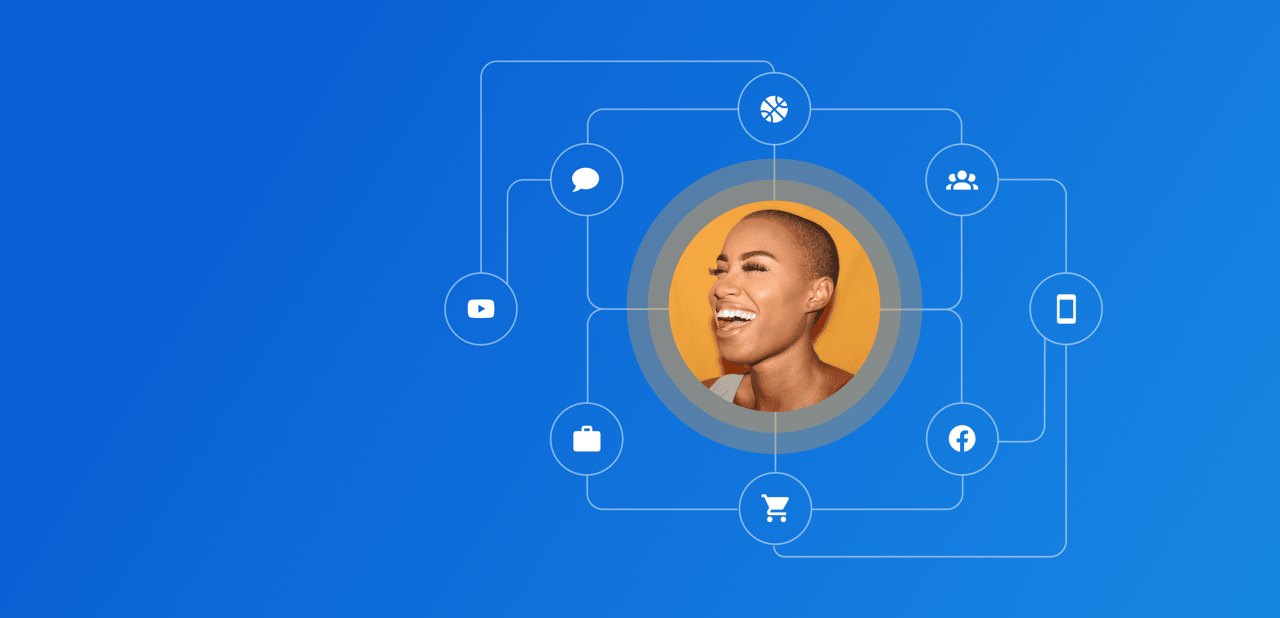
Understanding a brand's audience is crucial for brand promotion and effective marketing campaigns. How can social media listening help with audience analysis?
Marketers usually prepare a detailed picture of their buyer's persona when creating a new brand. But this picture often doesn't match reality when the product goes live. There are lots of ways brands can analyze their customers — one of them is audience analysis via monitoring of user discussions.
What is audience analysis?
Audience analysis refers to collecting all possible information about existing or potential customers. Having this data, marketers can work with audience segmentation and make the brand strategy more personalized. There are several key advantages of doing an audience analysis using social media listening.
Real-time data
Social network analysis allows you to not only track the slightest changes in audience behavior but also to analyze it in terms of different campaigns. Your brand may be oriented to generation Z or middle-aged customers, but your recent collaboration or promo may have attracted other consumer groups too Social media listening helps analyze this data immediately and fix problems if something goes wrong.
Minor expenses.
Traditional audience research is often pricey and time-consuming. By using social intelligence, you kill two birds with one stone: with a subscription to a social media listening tool, you not only get your data fast, but can also use it for several types of research simultaneously.
Unique data.
On social media, users share information about themselves that is not possible to collect from other sources. For instance, you can easily determine areas of interests, occupations, demographics, top authors, and more.
YouScan, a social media listening tool, has all these capabilities for audience analysis. Let’s look deeper into it.
Demographic audience analysis
When it comes to traditional methods of creating buyers' persona, age and gender are crucial. The more personalized and audience-driven brand messages and campaigns are, the better the results they will bring.
Sometimes audience analysis uncovers the most unexpected information about brands. For example, when you think about a delivery service, you most likely imagine its audience as anyone aged 18-60. However, every brand is in fact unique when it comes to its customers. It's easy to see by analyzing the audiences of UPS and FedEx.
At first sight, it's hard to notice any differences between these companies. But looking closer, we see that for FedEx, the primary audience is men, while UPS is favorable among women.
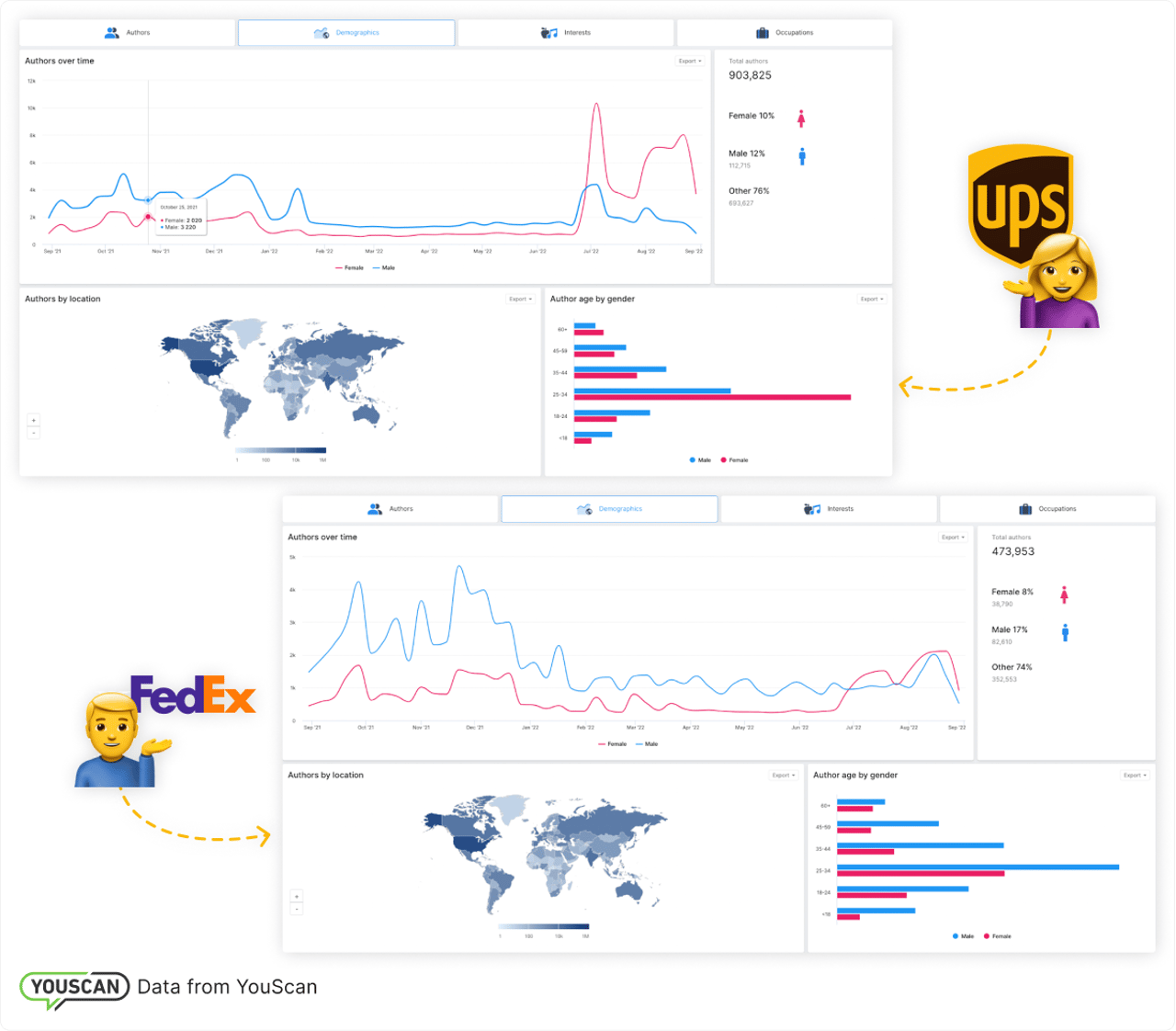

Moreover, FedEx manages to attract clients of different age groups while the core audience of UPS is 25-34 years old.
This example shows that two very similar services have completely different audiences.
Occupations
While demographic is an important layer of data, at the same time, it’s not unique. Social media analysis can provide you with information that is more difficult to collect from other sources. This layer of data can be the customer's occupations.
YouScan automatically analyzes the user's occupation. All you need is to create a relevant search query and make a few clicks after the data is collected. You can analyze customers' occupations for users who mention a certain brand and also for any audience interested in a particular topic.
For instance, gluten-free products are more popular among creative professionals – artists, writers, photographers, stylists, etc. Predictably, this topic is often discussed by people who work as bakers or food service representatives.


Interests
Have you ever wondered what activities, topics or concepts attract your brand audience? Now you can get this data in just a few clicks.
Let's look at an easy example. You can assume that Ikea's audience is mainly interested in design and decor. In fact, this suggestion is wrong. Arts and design are only in third and fourth place by the number of mentions, while family, parenting, food and drink are more frequent interests among Ikea's audience.

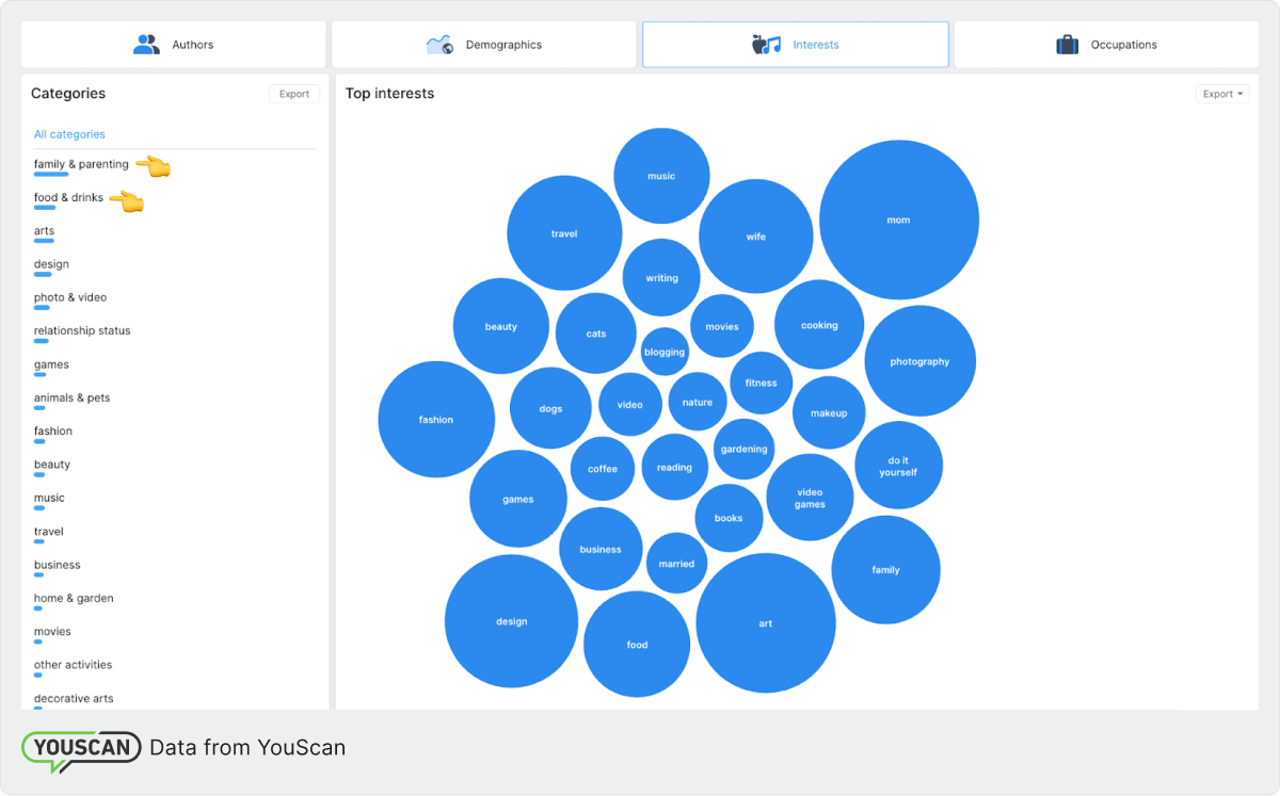
Authors
Influencer marketing is still on a wave and continues to prove its effectiveness. Then again, whilst bloggers and opinion leaders can promote a brand, they t also can sometimes, through a negative comment or association, damage it and its reputation.
That's why it's important to track not only a wide audience, but also other bloggers with many subscribers mentioning your brand or discussing specific topics. This helps find influencers and brand ambassadors for collaborations as well as track the results of joint campaigns.
For instance, Kristen Titus is one of Reebok's main influencers. She promotes the brand across two social networks – TikTok where she has almost 8 million subscribers and Instagram with more than 700k followers. Although she is a TikTok star, Instagram performs better for the brand as posts about Reebok on this social network get better engagement.

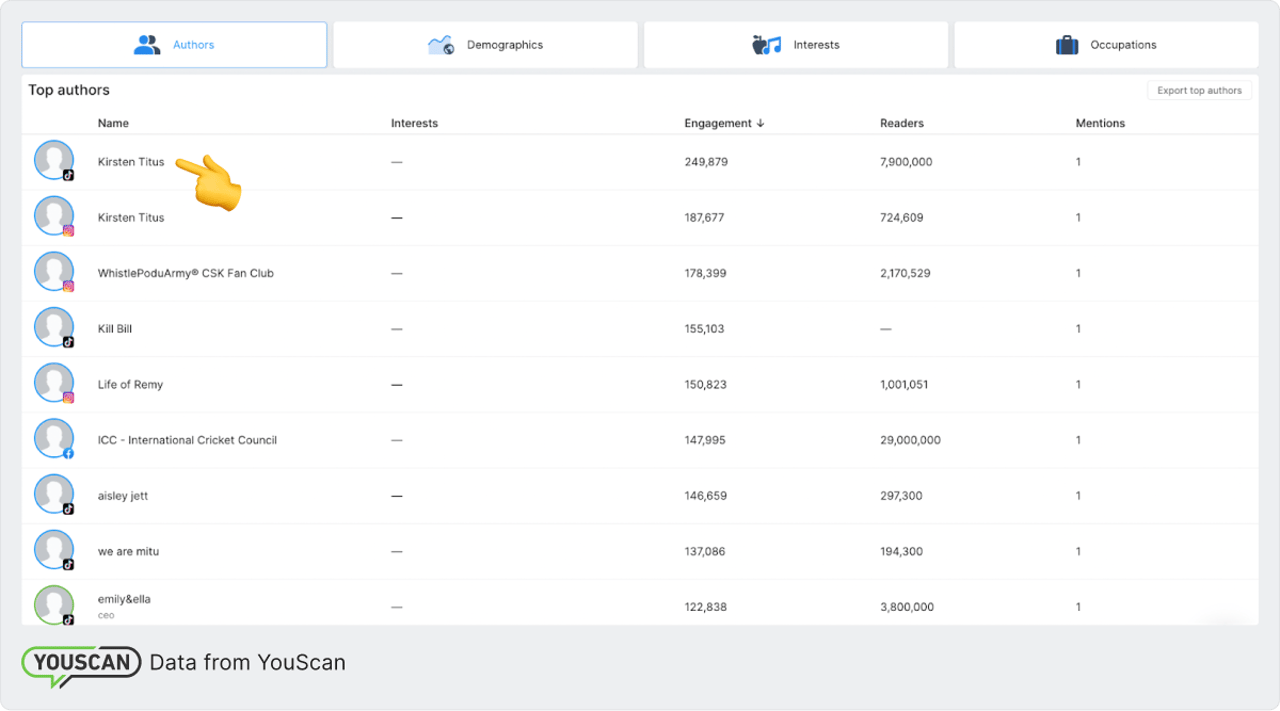

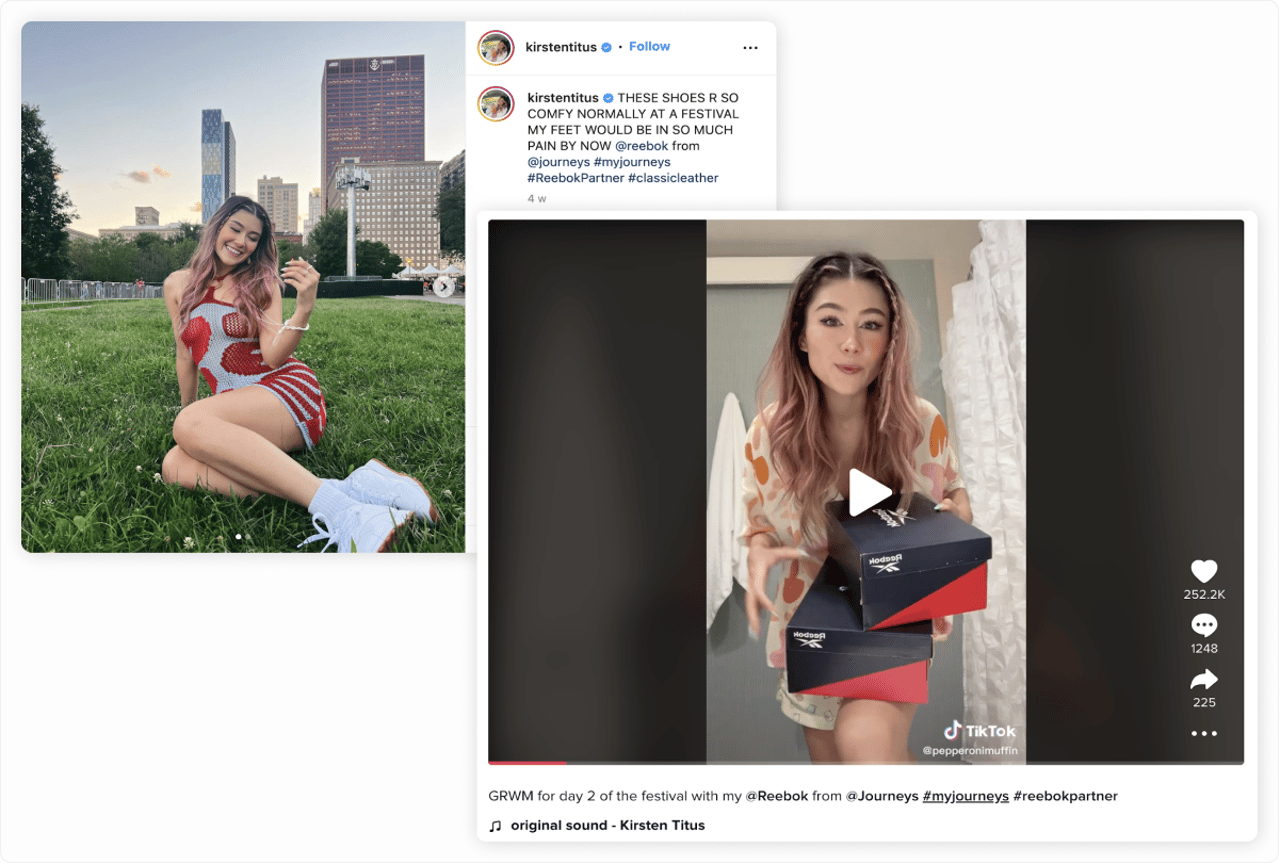
These capabilities also help find new faces for collaborations among people who love your brand and post content about it. By encouraging them, you can make your loyal audience even more loyal and turn them into brand advocates.
Do you want to learn more about your brand audience? Just try YouScan’s free demo.


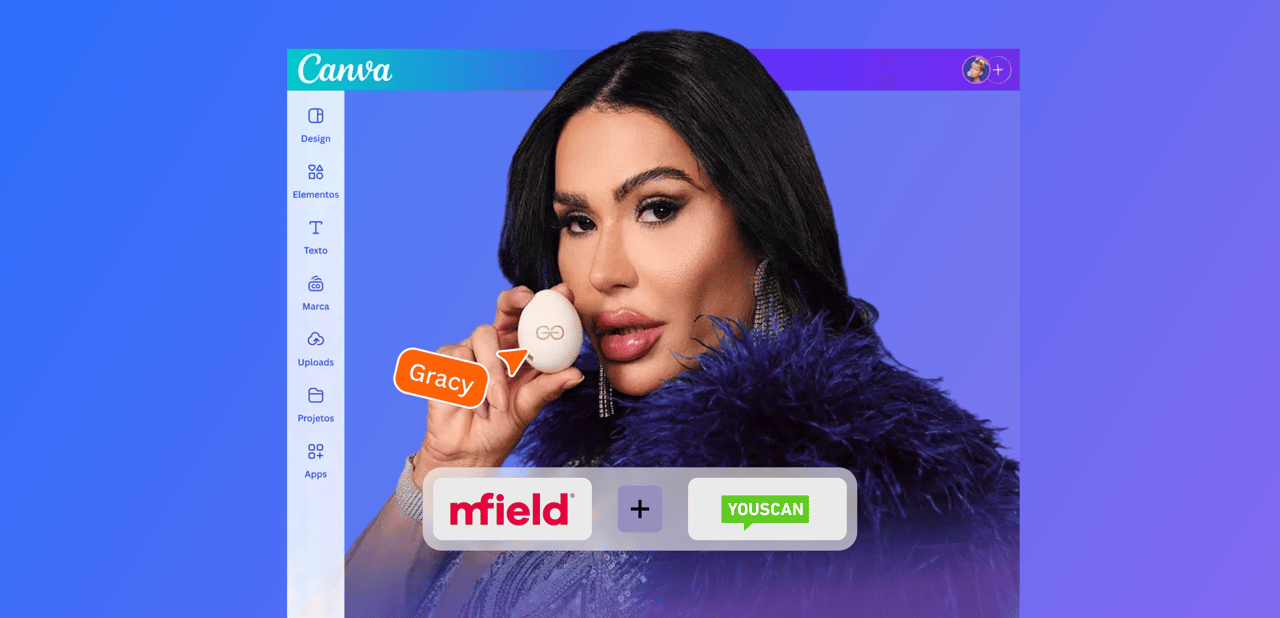
.png)